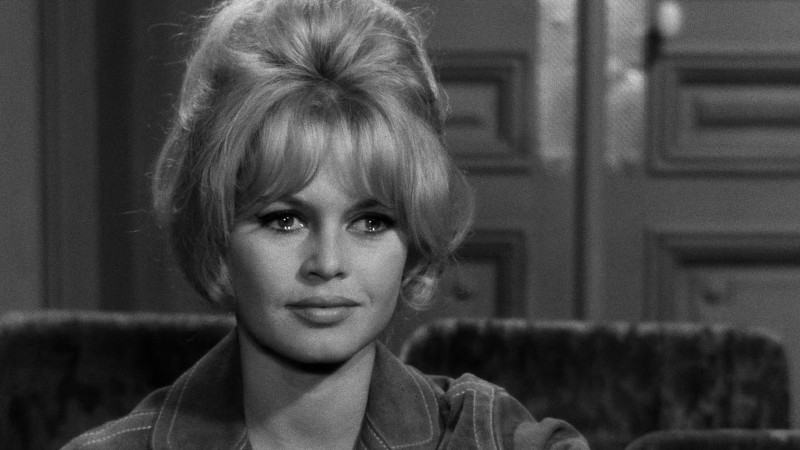
Spotlight
Under the Influence
In this ongoing series of videos, contemporary filmmakers talk to us about the movies that have had a lasting impact on their work.
The Criterion Collection
An online magazine covering film culture past and present
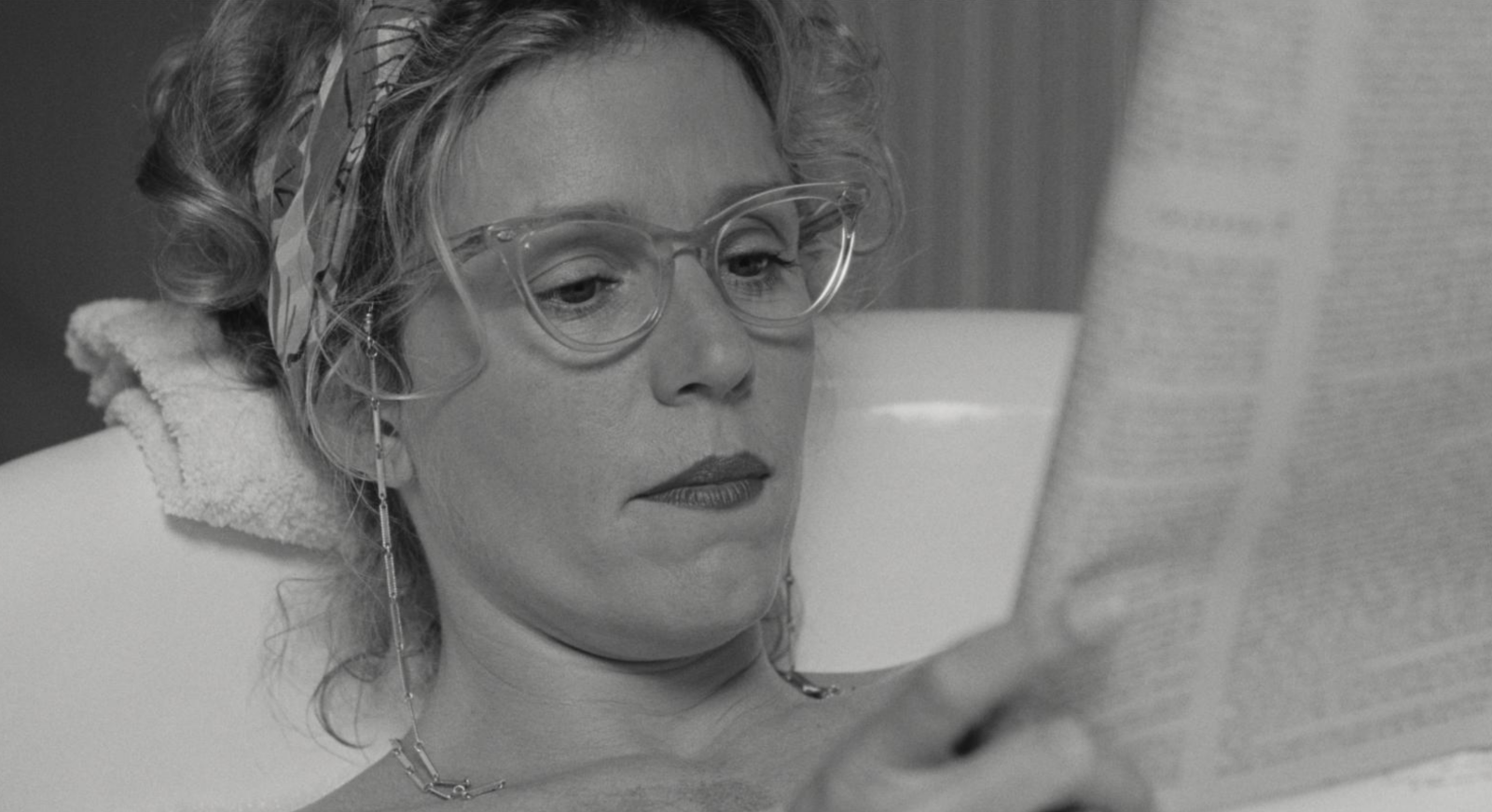
As we come to the end of 2025, we’re looking back at some of the essays and interviews we’ve shared with you over the past year.
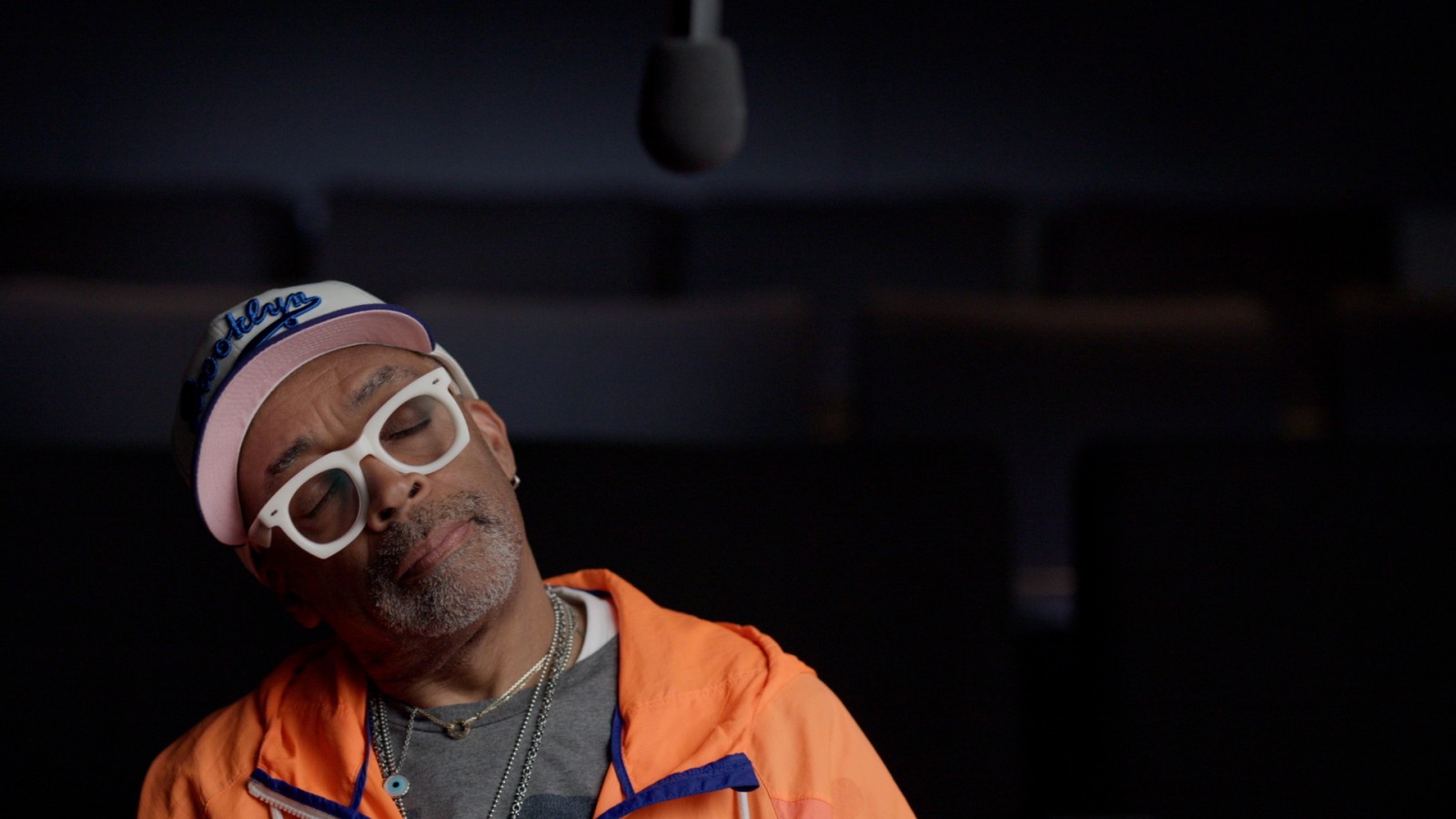
Celebrate the holiday season with this special treat from our production team.

The critic and curator talks about working on a program of films by trailblazing Black women directors, which opened at London’s BFI Southbank this year and is now playing on the Criterion Channel.
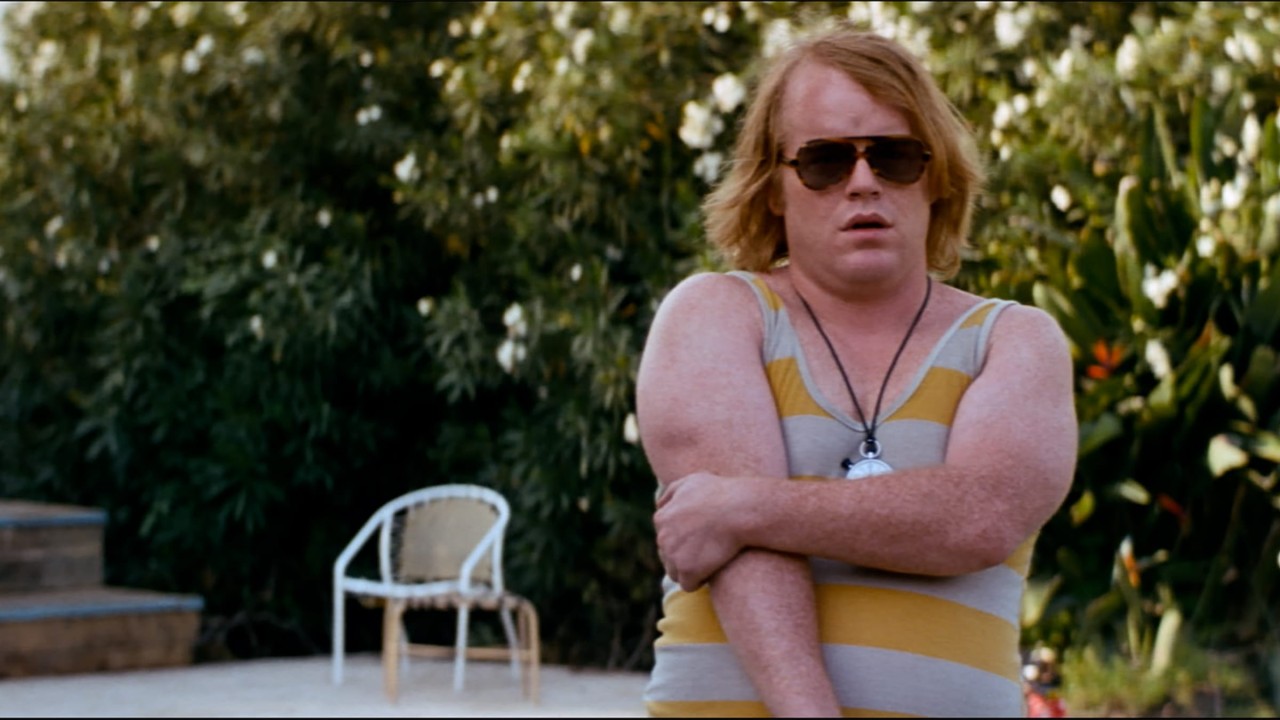
This January, savor multiple levels of nostalgia with a survey of ’90s cinema’s riffs on the ’70s, or turn a new page with a collection of films about dreamers seeking fresh starts in life.

The writer, director, producer, and actress chooses a selection of films that inspire her, with a special emphasis on queer classics and great cinematic depictions of adolescence.
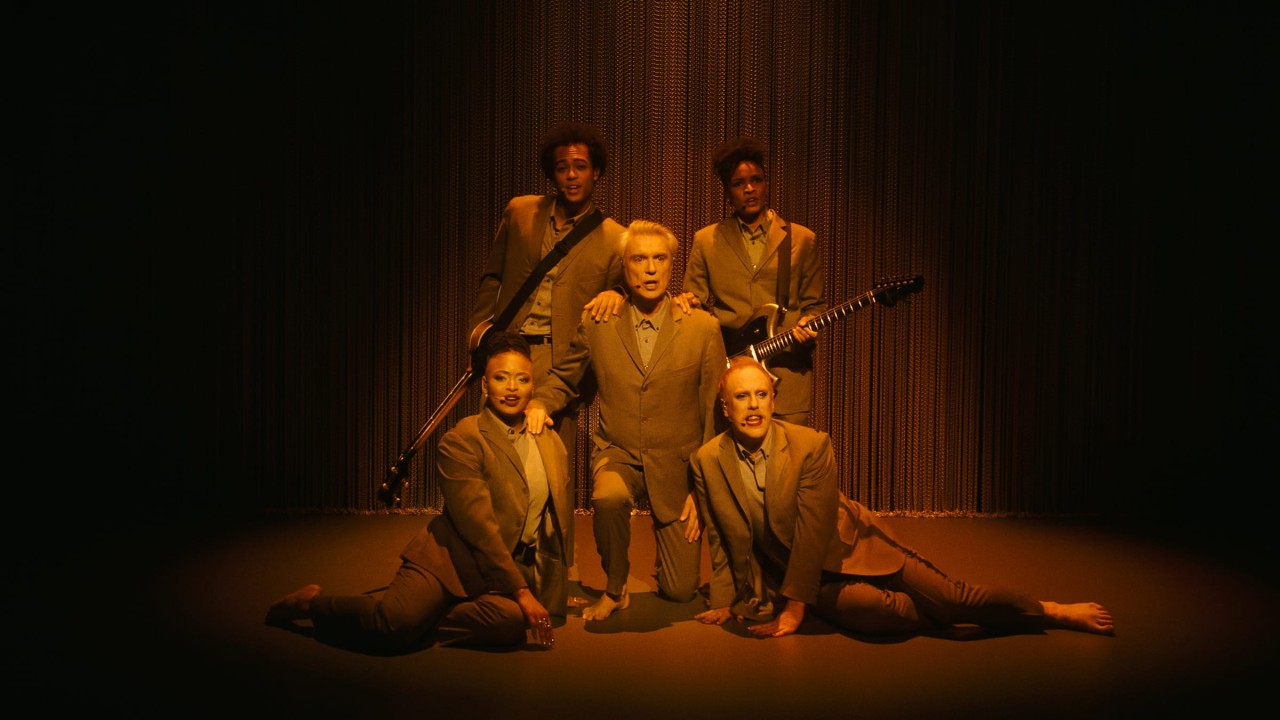
Amid the disorientation of the COVID-19 era, this rousing film cut through with a life-affirming reminder that community and connection are still possible.
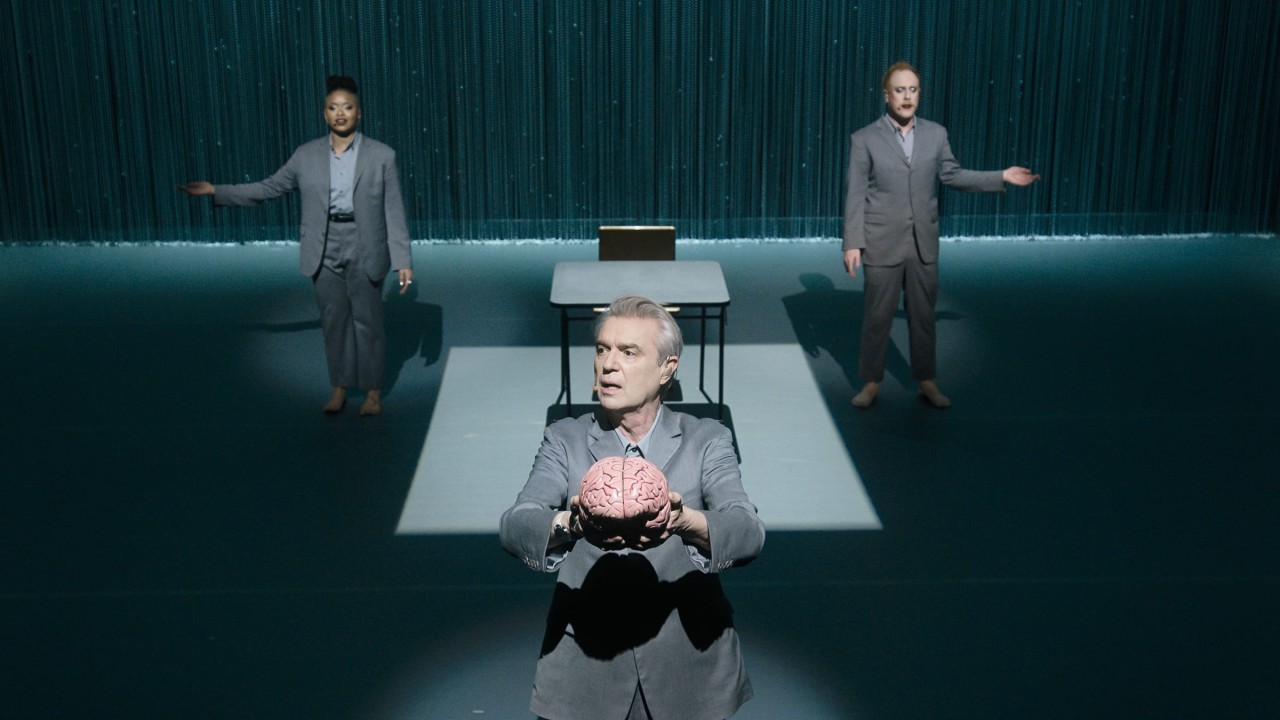
Spike Lee captures the democratic spirit and the galvanizing, near-spiritual feeling of togetherness at the heart of David Byrne’s acclaimed stage production.

Paul Reubens’s iconic character comes to cinematic life in this collaboration with director Tim Burton, who creates an on-screen world that evokes the unbridled joy and overwhelming terror of childhood.

In one of cinema’s greatest love stories, Michael Powell and Emeric Pressburger use the mercurial beauty of Scotland’s Inner Hebrides to evoke the unruly passions of an indelible heroine.

In her Cannes-award-winning narrative feature debut, Mira Nair sees the lives of Indian street children with an unconditionally generous gaze, taking in their world in all its contradictions and complexity.
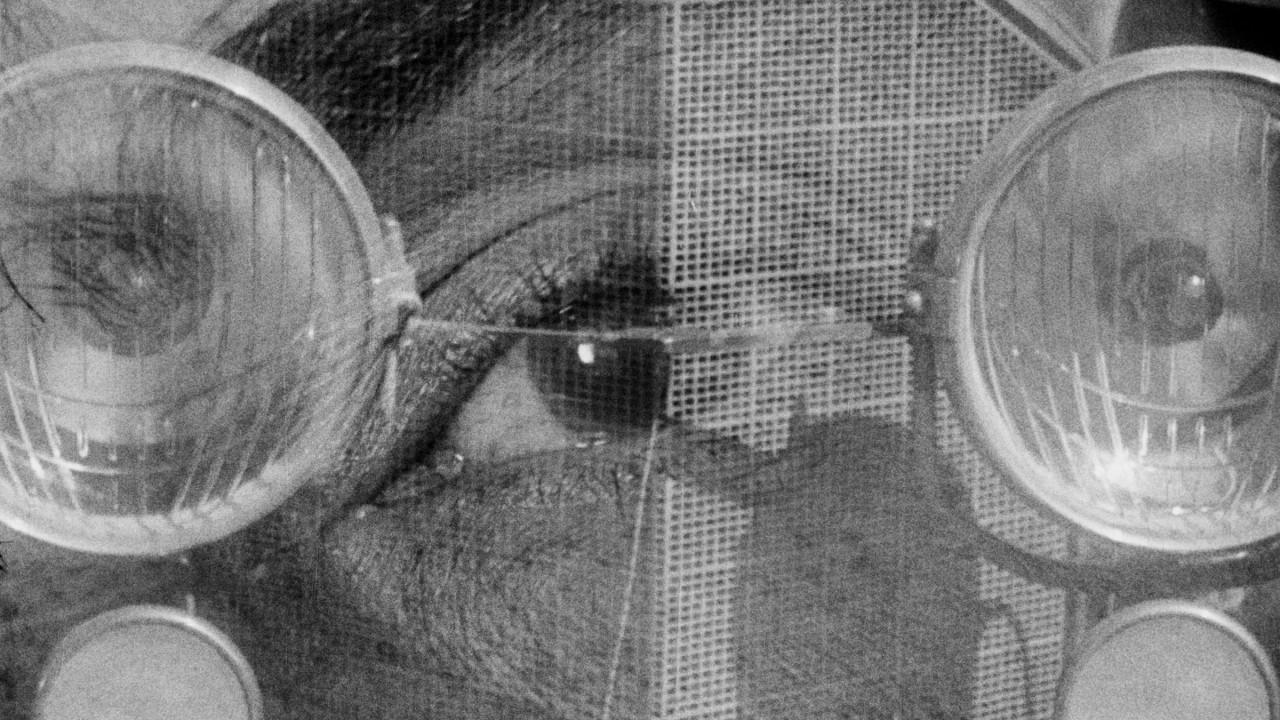
In a string of short films he made in the 1920s, Man Ray brought a restlessly inventive spirit to a young medium, pushing the boundaries of cinematic form with frenetic editing, abstract imagery, and surrealist camera tricks.

Inspired by Arthur Schnitzler’s 1926 novella Traumnovelle, Stanley Kubrick’s final film is a deeply personal examination of the fragility of marriage and the destructive power of sexual fantasy.
Spotlight
In this ongoing series of videos, contemporary filmmakers talk to us about the movies that have had a lasting impact on their work.